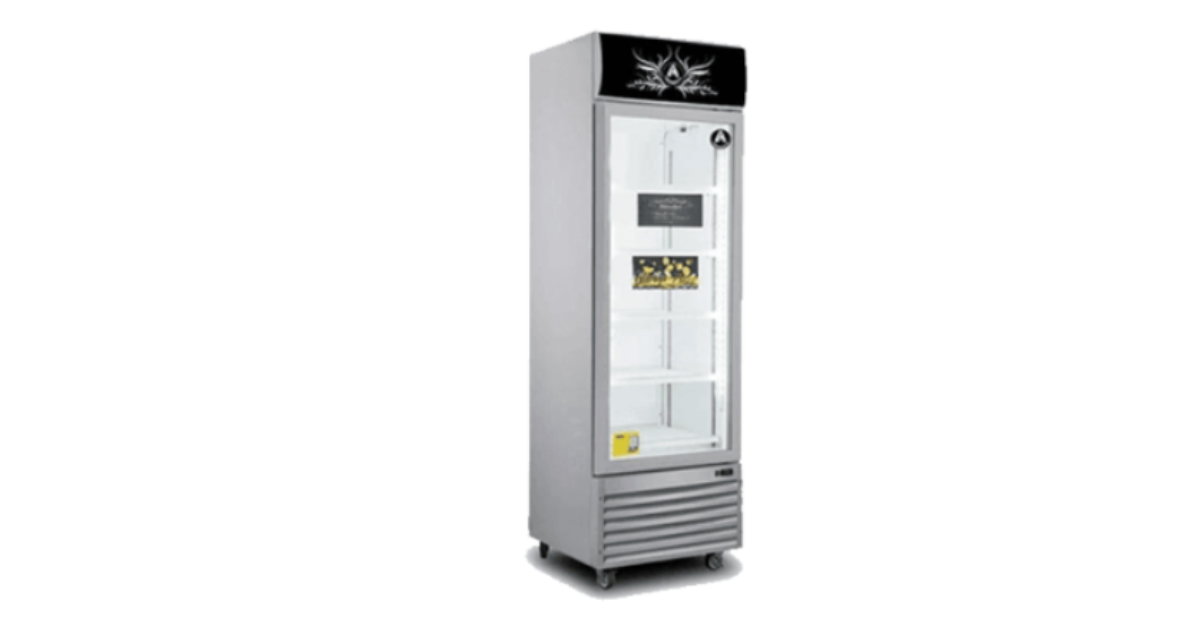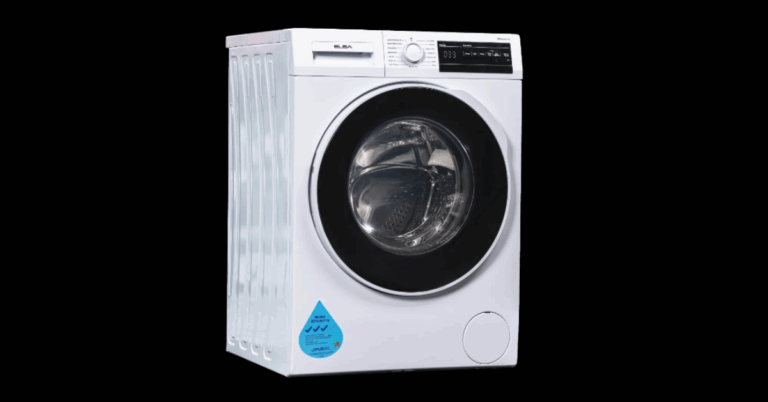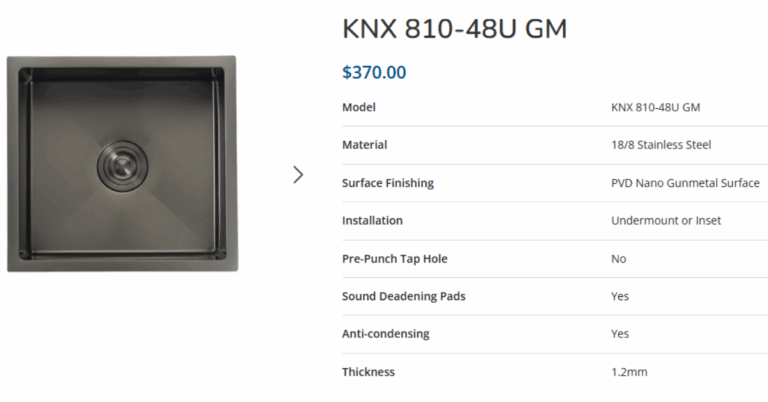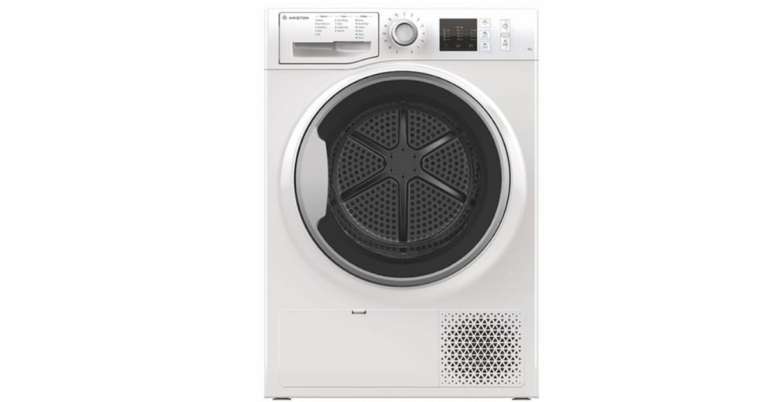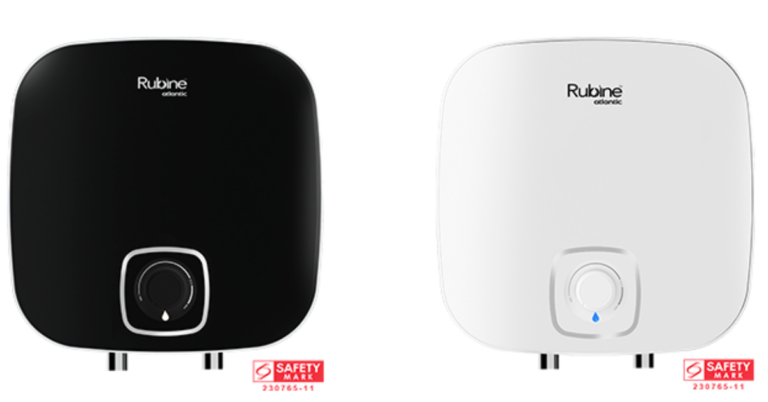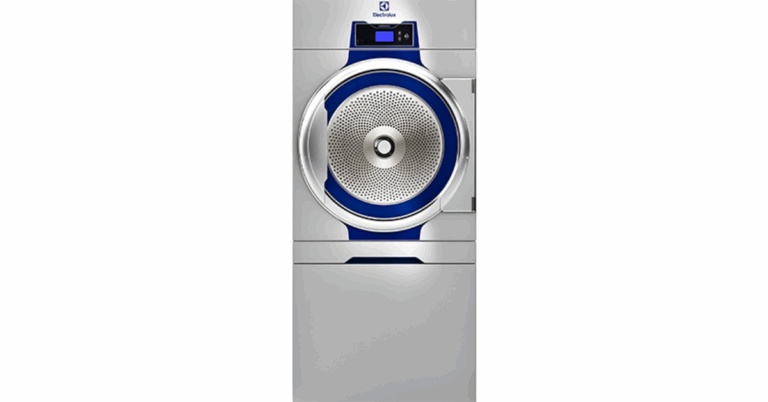Marine Chiller 110V 60Hz Supplier: Powering Marine Comfort and Efficiency
Marine vessels from luxury yachts to cruise ships and naval vessels rely heavily on robust refrigeration systems to maintain onboard comfort, preserve perishables, and support critical equipment. Among these systems, marine chillers operating on 110V 60Hz power supply play a vital role, especially for vessels designed for regions where this voltage and frequency standard prevail. As a Marine Chiller 110V 60Hz Supplier, your products serve as backbone infrastructure for sea-going life, offering dependable cooling solutions under harsh marine environments.
In this article, we explore the importance of marine chillers, the technical and operational challenges inherent to marine HVAC and refrigeration, the design considerations for 110V 60Hz chillers, selection criteria and performance metrics, global market trends, and best practices in procurement and maintenance.
Why Marine Chillers Matter at Sea
Marine chillers are specialized refrigeration systems designed to function reliably in the dynamic and inhospitable marine environment. Their roles include:
-
Air conditioning (HVAC) for crew quarters, cabins, public spaces, and control rooms
-
Cooling of equipment such as generators, engines, pumps, and electronics
-
Refrigeration for food storage, medical supplies, and cold rooms
-
Process cooling in onboard systems like distilleries, laundries, or ice-making facilities
Because marine vessels operate continuously and often far from shore, reliability is nonnegotiable. Failures in cooling systems can lead to crew discomfort or even jeopardize critical systems (e.g. overheating of engines or electronics).
Choosing the right marine chiller is especially critical when the vessel’s onboard electrical system uses 110V at 60Hz. Many ship systems use 440V 60Hz, 380V 50Hz, or other standards depending on region and design; offering a reliable 110V 60Hz marine chiller meets the needs of vessels built or refitted under North American or Japanese electrical standards, or those serving in markets with such infrastructure.
Technical and Environmental Challenges on the Water
Marine environments impose unique engineering demands. Any supplier of 110V 60Hz chillers must account for:
1. Corrosive Maritime Atmosphere
Salt spray, high humidity, and constant exposure to changing temperatures encourage corrosion. Components (heat exchangers, piping, frames) must use marine-grade materials (e.g. stainless steel, coated copper, corrosion-resistant alloys) and be properly protected.
2. Vibration, Shock, and Motion
Vessels pitch, roll, and vibrate under engine loads and sea states. Chillers must be mechanically robust, with secure mounting, flexible couplings, vibration isolators, and shock protection to maintain component longevity and alignment.
3. Space and Weight Constraints
Space onboard ships is precious. Chillers must offer high cooling capacity in a compact, lightweight design. Suppliers often provide modular, skid-mounted units or custom configurations to fit the available envelope.
4. Variable Load & Duty Cycles
Demand varies — when the ship is docked vs cruising, or when onboard systems (HVAC, refrigeration) shift in load. Chillers should perform efficiently across partial to full load, often with variable speed drives or multiple compressor staging.
5. Redundancy & Serviceability
Marine systems favor redundancy: two parallel chillers instead of one large unit, so maintenance or failure doesn’t cause mission-critical downtime. The design should allow in situ servicing with minimal disassembly.
6. Electrical Compatibility
Chillers must match ship’s electrical systems. For those using 110V 60Hz, the compressor motors, control systems, and protective devices must be rated accordingly, with proper transient protection, surge suppression, and electromagnetic compatibility (EMC) in mind.
Design & Engineering Considerations for 110V 60Hz Marine Chillers
As a supplier, delivering a competitive 110V 60Hz marine chiller means optimizing multiple facets:
Cooling Capacity & Sizing
Calculate the total cooling load (from heat gain in cabins, machinery, refrigeration, latent loads, solar gain, etc.). Include safety margins. The chiller must deliver that capacity at expected ambient marine conditions (high inlet water temperature, humidity, salt load).
Compressor Type & Configuration
Depending on capacity, employ scroll, reciprocating, or screw compressors. For efficient partial loads, variable speed compressors are preferred. Multi-compressor designs allow stage control. The motor must be 110V 60Hz rated and marine grade.
Heat Exchange Systems
Design condensers and evaporators for marine cooling. Condensers may use seawater cooling or freshwater loop with shells or plate heat exchangers. The heat exchanger surfaces must be designed to handle fouling, biological growth, and salt deposition, with cleaning mechanisms (such as backwashes or filters).
Refrigerants & Environmental Compliance
Choose refrigerants that meet global environmental regulations (e.g. low-GWP options). Ensure system design avoids leaks and handles high pressures. Include oil separators, proper charge control, and safety devices like pressure reliefs.
Controls, Safety & Monitoring
Incorporate reliable controllers, sensors (pressure, temperature, flow, vibration), alarms, and protections (overcurrent, over/under pressure, freeze protection). For remote diagnostics, some systems include IoT / telemetry capabilities. The control system must operate properly at 110V 60Hz, with stable electronics, power filtering, and surge suppression tailored to maritime electrical conditions.
Materials & Coatings
Use corrosion-resistant materials — copper-nickel, titanium, stainless steel, coated steels. Applied coatings like epoxy or polyurethane help protect external surfaces. Joints must be sealed to prevent salt creep.
Certification & Standards
Marine chillers often require compliance with classification societies (e.g. Lloyd’s Register, ABS, DNV, Bureau Veritas). The supplier’s units must meet marine HVAC or refrigeration codes, safety standards, electromagnetic compatibility, shock and vibration standards, and sea worthiness standards.
Modular & Skid Integration
Offer modular or plug-and-play units pre-mounted on fabrication skids so installation is simplified. Quick connection sets, flexible piping, and mounting provisions help shipyards integrate chillers seamlessly.
Selection Criteria & Performance Metrics
When shipyards, operators, or retrofit projects evaluate 110V 60Hz marine chillers, they commonly compare based on:
-
Cooling capacity at design point (e.g. kW, TR)
-
Coefficient of performance (COP) or Energy Efficiency Ratio (EER)
-
Part load efficiency performance
-
Footprint, weight, and envelope dimensions
-
Electrical power draw, starting current, inrush
-
Noise and vibration levels
-
Material quality, corrosion protection strategies
-
Maintenance requirements, accessibility, modularity
-
Reliability, redundancy, MTBF / MTTR metrics
-
Certifications and compliance with marine standards
-
Warranty, spare parts availability, and after-sales support
A supplier that can demonstrate superior COP (especially under partial load) or reduced operating cost often wins contracts, even over cheaper up-front options.
Market Trends & Regional Considerations
The market for marine chillers (including those rated 110V 60Hz) evolves under multiple pressures:
-
Regulatory push for greener refrigerants: Low GWP or natural refrigerants are in demand.
-
Electric ship and hybrid propulsion systems: These require more complex thermal management, increasing demand for efficient chillers.
-
Retrofitting aging vessels: Many older boats, yachts, or smaller vessels built to 110V 60Hz require modern chiller upgrades.
-
Localized manufacturing & supply chains: Shipyards prefer suppliers with regional presence for quicker support and spares.
-
Connectivity & monitoring: Increasing demand for remote monitoring, diagnostics, and predictive maintenance.
From a regional perspective, vessels built or operating around North America, Japan, and some Caribbean or North Atlantic corridors often use 110V 60Hz electrical systems—making suppliers of marine chillers at that spec especially relevant.
Procurement Best Practices for Shipyards & Operators
For buyers, these practices help ensure success when selecting a 110V 60Hz marine chiller supplier.
1. Early Engagement & Specification Review
Involve chiller suppliers early in ship design or refit planning. Review specifications jointly to ensure electrical layouts, water cooling piping, space, and weight allocations adequately support the chiller unit.
2. Request Detailed Data Submittals
Ask for performance curves, part load data, NEMA motor data, electrical inrush current, physical drawings, service clearances, wiring diagrams, and parts lists.
3. Factory Testing & FAT (Factory Acceptance Tests)
Ensure the supplier conducts factory tests simulating real marine conditions (e.g. seawater temperature, full load, noise, vibration). Witness or review test reports before shipment.
4. Shipping & Handling
Because chillers are large and delicate, proper packaging, cushioning for shock, and handling protocols are important. Document handling requirements and insurance.
5. Installation Support & Commissioning
Good suppliers provide on-site support during installation, alignment, start-up, testing, and commissioning. Proper start-up ensures the system integrates well with vessel systems.
6. Spare Parts & Support Network
Ensure availability of critical spare parts (compressors, control boards, sensors) and plan for local stocking or fast shipping. Training for onboard technicians is also vital.
7. Documentation & Certification
Obtain complete documentation: operation & maintenance manuals, wiring diagrams, test certificates, compliance certificates for marine class societies, and warranty agreements.
Maintenance & Lifecycle Management
Once installed, performance and longevity depend on disciplined maintenance:
-
Routine inspections: Monitor refrigerant levels, pressures, temperature differentials, flow rates, vibration, and noise.
-
Heat exchanger cleaning: Remove salt, scaling, and fouling from condensers and evaporators periodically.
-
Lubrication & oil analysis: Monitor compressor bearings and oil quality.
-
Filter & strainer maintenance: Keep water and air filters clean to prevent fouling or pressure drops.
-
Electrical checks: Inspect insulation, wiring integrity, tighten connections, test protective devices.
-
Calibration & sensor checks: Regularly validate sensors for accurate readings.
-
Recordkeeping & trending: Log performance metrics over time to detect degradation and schedule preventive overhauls.
-
Major overhauls: At intervals, leak testing, compressor replacement, control system upgrades, and full flush of the refrigerant system may be needed.
A well-maintained marine chiller can last decades at sea, but only if routine servicing and parts replacement are followed rigorously.
Conclusion
Supplying Marine Chiller 110V 60Hz systems is a niche yet critical segment of the marine refrigeration market. As a supplier, your competitiveness rests not only on providing properly rated cooling equipment, but on engineering resilience into every design choice—materials, controls, modularity, efficiency, and serviceability. For shipyards, operators, and refit projects with a 110V 60Hz electrical environment, your chiller units become a mission-critical part of the vessel’s infrastructure.
To succeed, maintain strong capabilities in system design, marine certification compliance, regional service networks, and performance guarantees. Ultimately, the best 110V 60Hz marine chillers deliver efficient cooling, robust reliability, and long lifespans even under the unforgiving rigors of the sea.

